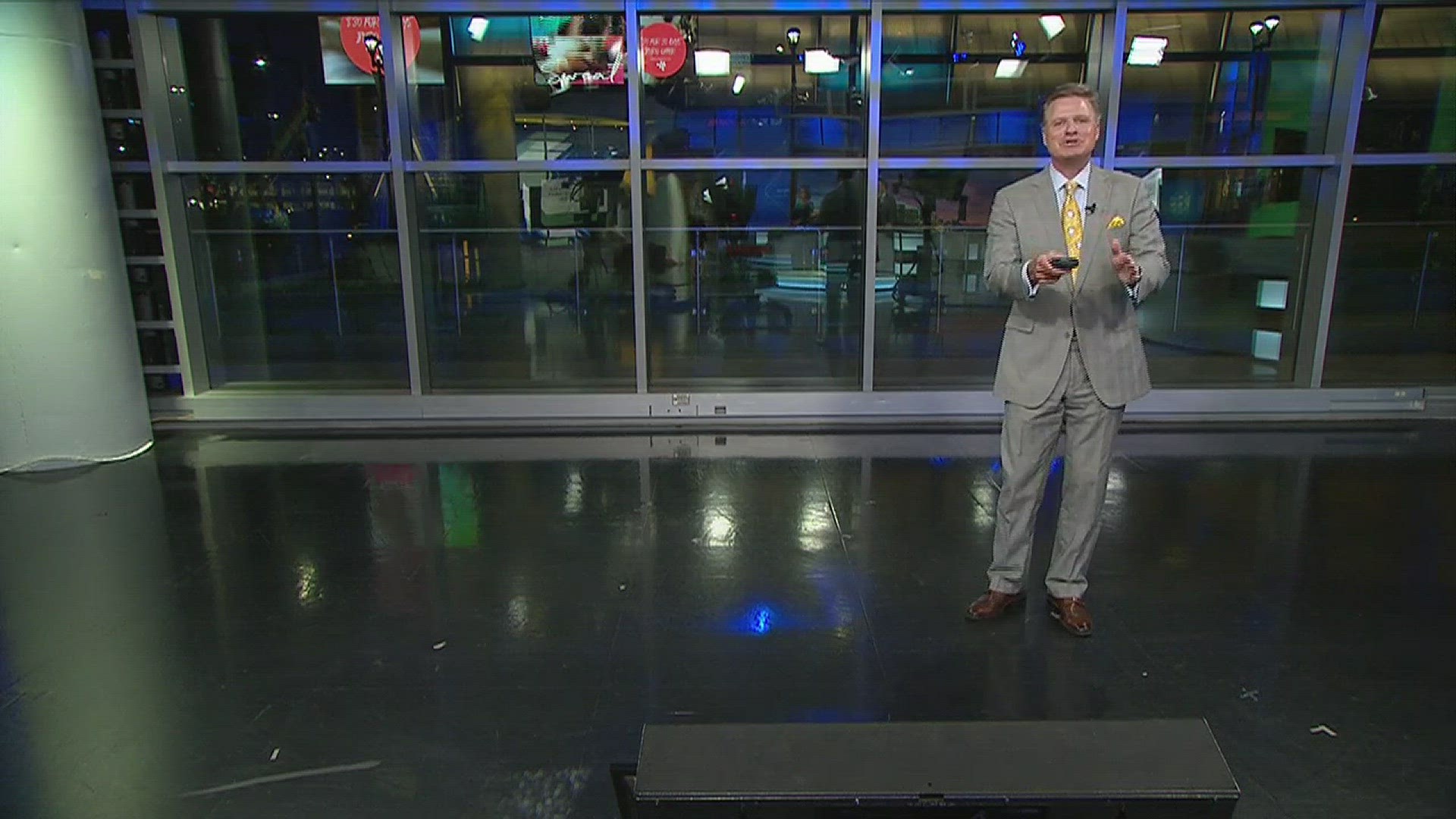Temperatures across North Texas could reach 105 degrees on Wednesday and should stay in that range for the rest of the week. But when you head out for lunch or head home from work this week, your car thermometer, depending on where you parked, will likely read a few degrees warmer. It might even hit 112 degrees or higher.
Should you believe it?
Probably not.
Car thermometers almost always provide an exaggerated temperature, unless you're parked in dirt under a shade tree. Even then, the temperature probably won't be accurate. Let's explain.
The "official" temperatures you see on WFAA are based on recordings that are taken about five feet above the ground, over dirt, away from other objects and in the shade.
The temperature you see on your car's thermometer comes from a sensor on your vehicle, which are often placed on the front bumper or back bumper or side mirrors. And, since most cars are parked on sun-roasting pavement, the heat rises from the pavement and gives the sensor a false reading.
In fact, car thermometers technically aren't even thermometers. They're thermistors, which temperatures changes by electrical currents, not liquid mercury, as the Washington Post pointed out in an article last summer.
The main problem falls back to the placement of the thermistor sensor, which is often too close to the ground and above pavement. So while you're frying to a crisp and your car says it's 115, take a little comfort in knowing that it's still not that hot.

